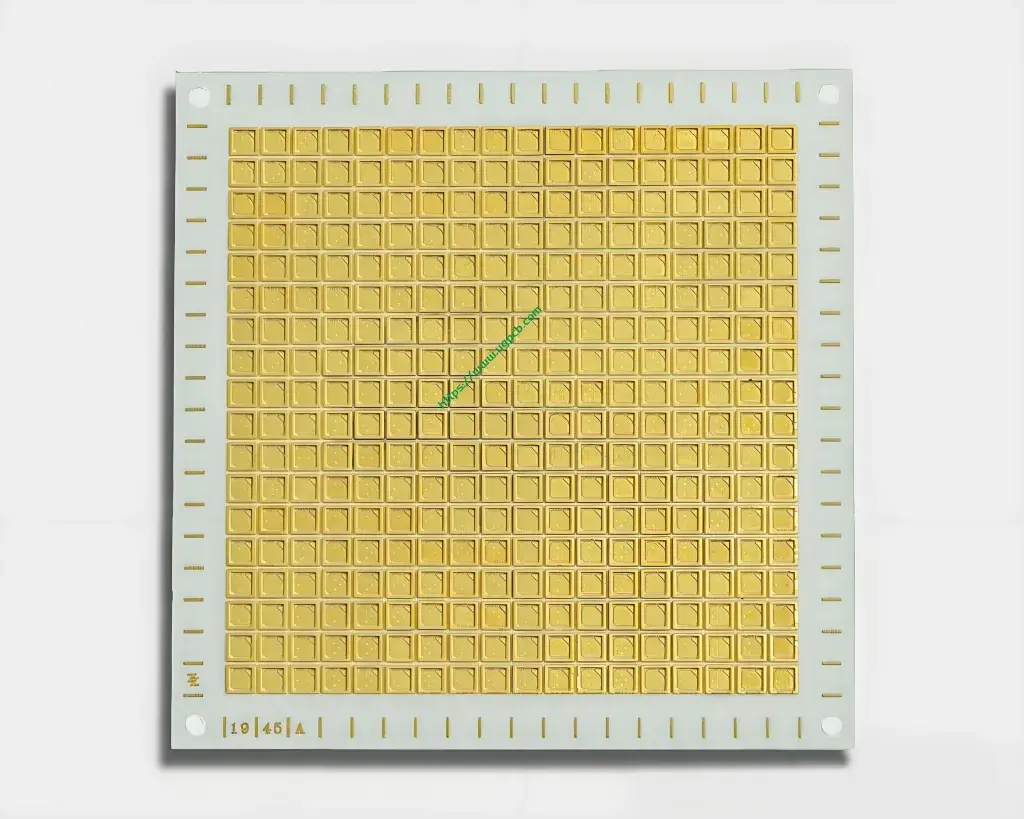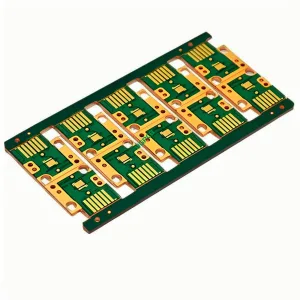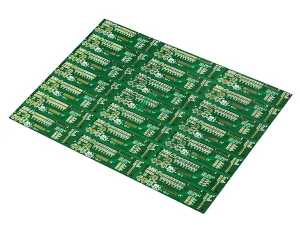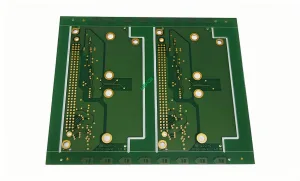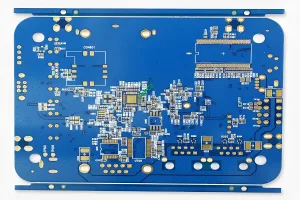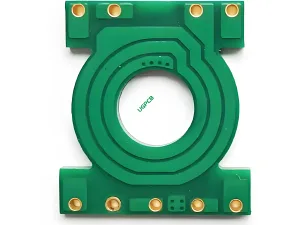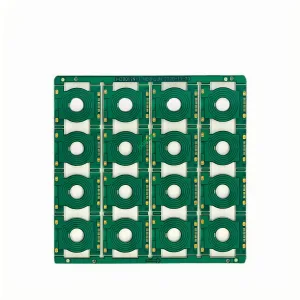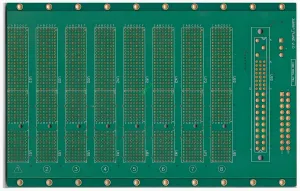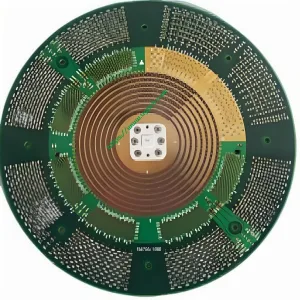Material Composition
The DPC ceramic substrate is crafted from high-quality ceramic aluminium oxide. This material is renowned for its exceptional thermal conductivity, mechanical strength, and electrical insulation properties, making it ideal for applications requiring precise control and performance.
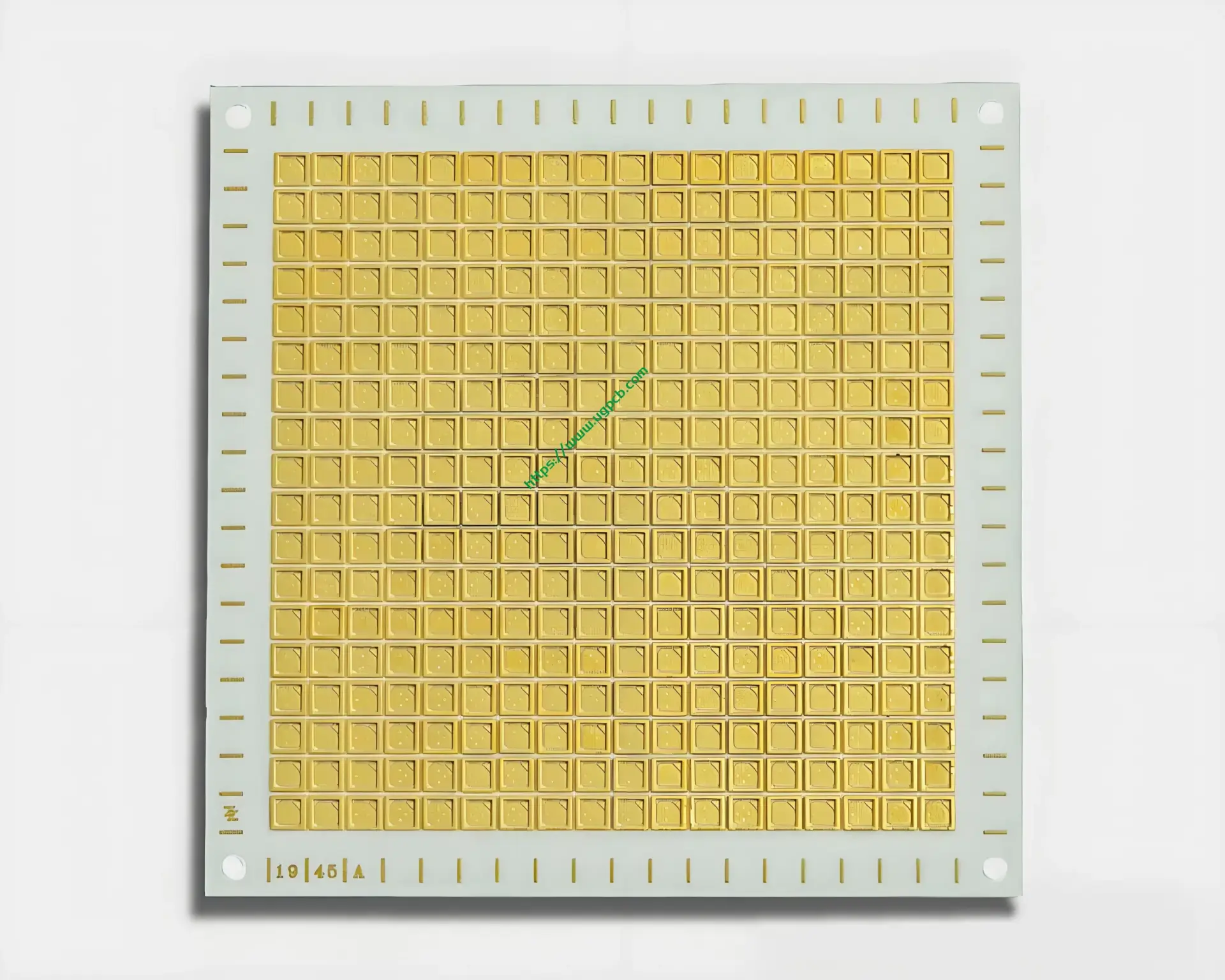
Performance Characteristics
With a finished thickness of 2.4mm and outer copper thickness of 2OZ, the DPC ceramic substrate offers robust structural integrity while providing ample conductivity. The white color and hard gold surface treatment not only enhance its aesthetic appeal but also ensure superior corrosion resistance and long-term durability. Its two-layer design further supports advanced circuitry configurations, catering to complex electronic applications.
Unique Features
One of the standout features of the DPC ceramic substrate is its UGPCB ceramic bracket, a special process that integrates a ceramic bracket directly onto the substrate. This innovation enhances thermal management and structural support, crucial for maintaining optimal performance in demanding environments. The use of ceramic aluminium oxide as the base material also grants it high hardness and wear resistance, ensuring it performs reliably under extreme conditions.
Production Process
The production of DPC ceramic substrates involves several meticulous steps:
Material Preparation
High-purity ceramic aluminium oxide powder is meticulously processed to form the base layer.
Lamination
The ceramic layers are bonded together under controlled conditions to achieve the desired thickness and uniformity.
Circuitry Formation
Copper circuits are etched onto the substrate using advanced photolithography and etching techniques.
Surface Treatment
The copper surfaces are coated with hard gold to enhance conductivity, corrosion resistance, and solderability.
Assembly of Ceramic Bracket
The UGPCB ceramic bracket is precisely attached to the substrate, ensuring robust thermal and structural integration.
Final Inspection
Each substrate undergoes rigorous quality control checks to ensure it meets all specifications and performance standards.
Application Scenarios
The DPC ceramic substrate finds extensive application in the LED industry, particularly as an LED substrate PCB. Its exceptional thermal conductivity helps dissipate heat efficiently, preventing LED components from overheating and prolonging their lifespan. The substrate’s high mechanical strength and electrical insulation properties make it suitable for use in high-power LED lighting systems, automotive headlights, and other demanding applications where reliability and performance are paramount.
Conclusion
The DPC ceramic substrate, with its combination of advanced material composition, robust performance characteristics, unique features, meticulous production process, and versatile application scenarios, stands as a testament to the innovation and precision of modern electronics manufacturing. Its ability to support high-performance LED systems and withstand harsh operating conditions makes it an indispensable component in today’s technology-driven world.
 UGPCB LOGO
UGPCB LOGO

